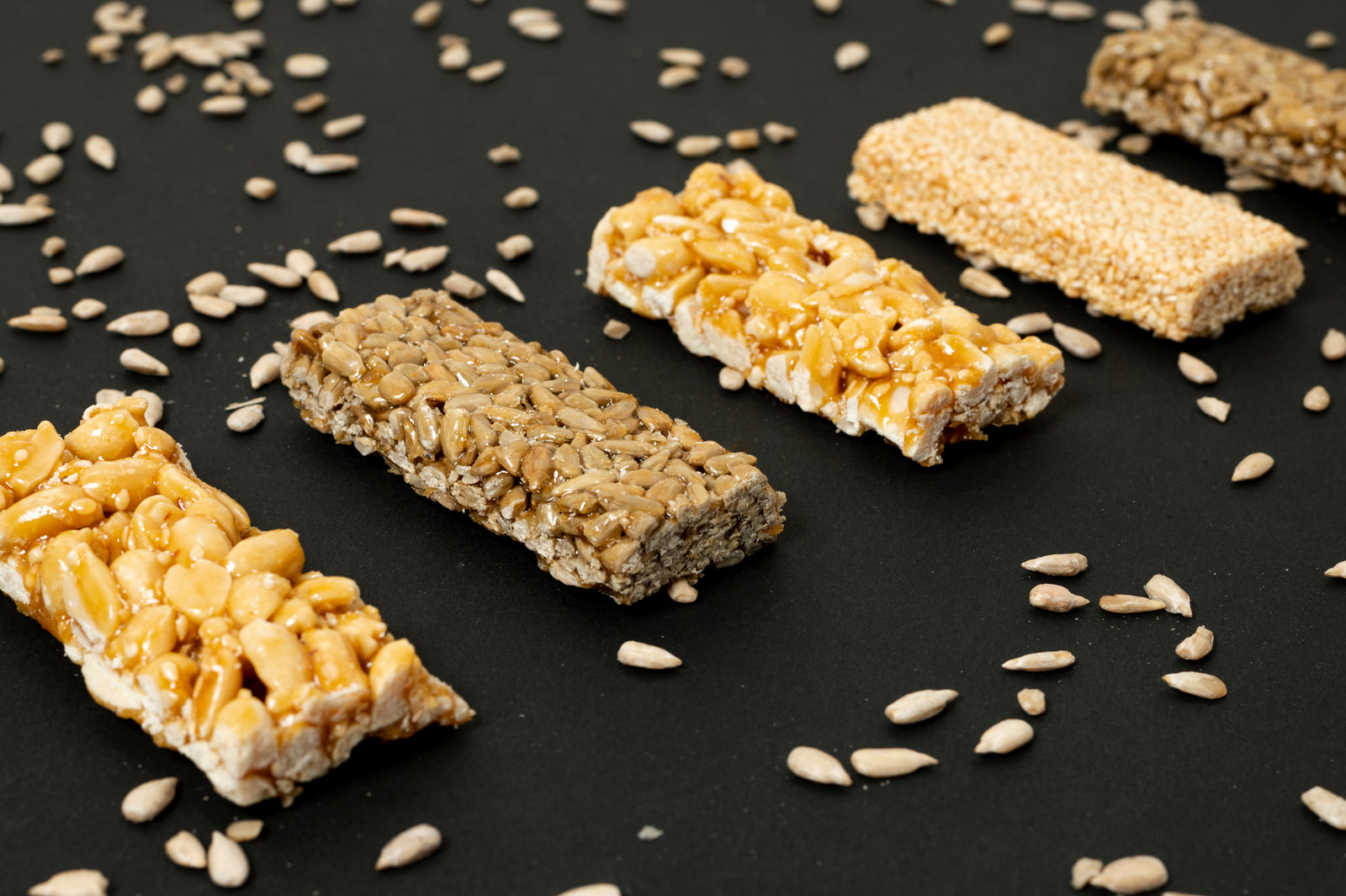
April 22, 2024 3 min read
In the world of ancient grains, organic kasha — better known as toasted buckwheat groats — stands out for its distinctive taste, nutritional value, and versatility. Although referred to as buckwheat, kasha is not related to wheat and is gloriously gluten-free, making it a favorite among those with gluten sensitivities and health enthusiasts alike. This article explores the journey of organic kasha from its humble beginnings as a seed to its place at your table, highlighting the sustainable practices involved in its cultivation and the myriad ways it can enrich our diets.
Kasha originates from the buckwheat plant, scientifically known as Fagopyrum esculentum, which thrives in regions with low soil fertility and harsh climates, making it an ideal crop for sustainable farming practices. Unlike other crops that deplete the soil of nutrients, buckwheat is known for its soil-enhancing qualities. It adds valuable organic matter and protects the soil from erosion, while its flowers attract beneficial pollinators, promoting biodiversity.
Organic kasha is grown without synthetic pesticides or fertilizers. Farmers often employ crop rotation and other organic farming techniques to maintain soil health and prevent pests and diseases. After about 10-12 weeks of growth, the buckwheat plants are harvested when their seeds are mature — this is when the transformation into kasha begins.

After harvesting, the raw buckwheat seeds undergo a hulling process to remove their hard outer shells, revealing the pyramid-shaped groats. To make kasha, these groats are then toasted, which enhances their nutty flavor and helps them retain a delightful crunch even after cooking. This toasting process distinguishes kasha from raw buckwheat groats and is crucial in developing its unique taste and texture.
Kasha is lauded for its high protein content, which includes all eight essential amino acids, making it particularly valuable in vegetarian and vegan diets. It is also rich in dietary fiber, B vitamins, magnesium, phosphorus, and antioxidants like rutin, which supports blood circulation and prevents inflammation. The low glycemic index of kasha makes it an excellent choice for people managing their blood sugar levels.
The nutty, earthy flavor of kasha makes it a versatile ingredient in the kitchen. It can be used as a substitute for rice or quinoa in salads, side dishes, or as a base for bowls. In traditional Eastern European cuisine, kasha is a key ingredient in dishes like kasha varnishkes and knishes. It can also be used in breakfast cereals, granola bars, and even in baking, adding texture and nutrients to breads and pastries.

Incorporating kasha into meals supports not only personal health but also the health of the planet. Its cultivation promotes sustainable agricultural practices that contribute to soil health and biodiversity. By choosing organic kasha, consumers can support farming methods that are free from synthetic chemicals, enhancing environmental well-being.
From seed to table, the journey of organic kasha is a testament to the power of sustainable agriculture and its ability to provide healthful, nutritious foods. As consumers increasingly seek out foods that are good for both their bodies and the environment, kasha stands out as a prime example of how traditional practices can meet modern needs. Whether you're looking to diversify your diet, manage health conditions, or simply enjoy new flavors, organic kasha offers a nutritious and sustainable choice that connects us more deeply to the world around us.
❤ Try our USDA certified Organic Kasha and Raw Buckwheat Groats❤
Related Blogs:
Comments will be approved before showing up.

May 15, 2024 2 min read
Discover the top 7 pregnancy-friendly grains to help you maintain a healthy and balanced diet. From quinoa to teff, these nutrient-packed grains provide essential vitamins, minerals, and fiber that are crucial for both mother and baby. Elevate your pregnancy diet with these versatile and delicious grains!

May 13, 2024 2 min read
Elevate your fish dishes with these top 10 grain-based garnishes. From citrus quinoa salad to earthy wild rice pilaf, these fresh and flavorful garnishes add texture and nutrients to complement your favorite seafood. Perfect for creating memorable and delicious meals!

May 08, 2024 2 min read
Discover quick and nutritious grain-based snacks perfect for busy lifestyles. From no-bake oatmeal energy balls and quinoa crunch bars to savory millet muffins and homemade wheat thins, these easy-to-prepare snacks offer a healthy, satisfying way to stay energized on the go. Whether you're craving something sweet or savory, there's a grain-based snack here for everyone.
© 2024 Be Still Farms- Real, Fine Organics.
Privacy | Terms | Refund Policy | Organic Certification
